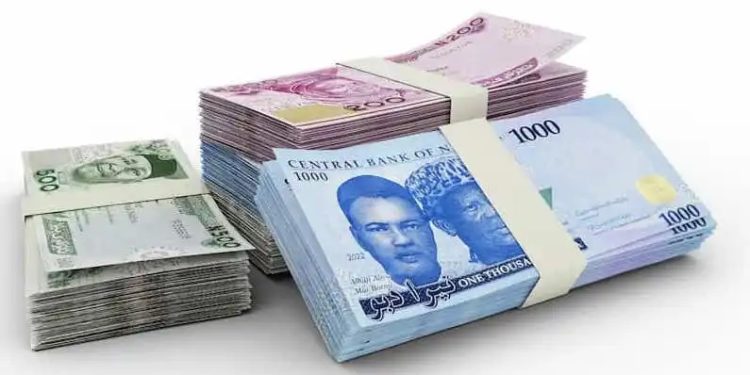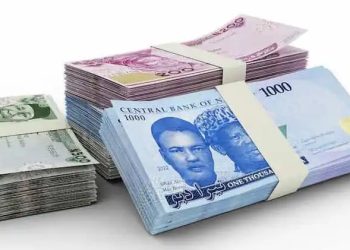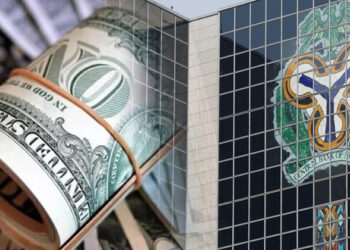The naira edged slightly higher at the official foreign exchange window on Monday, even as it hovered around the N1,600 per dollar threshold. Meanwhile, the U.S. Dollar Index slipped to its lowest point since 2022, reflecting broader global economic anxieties.
At the official exchange market, the naira showed minor gains, closing just below the N1,600/$ mark. In the parallel market, however, the local currency traded between N1,620 and N1,630 per dollar, indicating persistent demand pressure from businesses and individuals.
Currency traders attribute the naira’s fragility to sustained demand for the greenback within Nigeria, despite a softening in global appetite for the U.S. dollar. Recent sell-offs in U.S. Treasury bonds have contributed to the dollar’s weakening, creating volatility in international currency markets.
Domestically, the Central Bank of Nigeria (CBN) continues to report encouraging macroeconomic indicators. However, the nation’s foreign exchange liquidity remains tight, and the spike in demand for the dollar reflects growing uncertainty within the financial system. Nigeria’s reliance on dollar-denominated instruments to bridge fiscal gaps has further complicated its access to international debt markets—especially amid unstable U.S. Treasury yields.
Oil price declines have added another layer of economic stress. As crude oil exports make up roughly 90% of Nigeria’s foreign exchange revenue, the country remains vulnerable to global commodity price shifts. The CBN has linked recent oil price drops to rising global tariffs, which have further strained revenue inflows.
Dollar Index Slides Amid Trade Policy Shifts
Globally, the U.S. Dollar Index briefly touched its lowest level in three years, falling to 99.37 before recovering slightly to around 99.60. The drop marks a five-day losing streak, driven by mounting concerns over inflation, stagnant growth, and international trade disputes.
The euro and British pound rallied to multi-month highs against the dollar, while investors digested new developments in U.S. trade policy. Last week, former President Donald Trump announced a temporary suspension of reciprocal tariffs for most trading partners—excluding China—while simultaneously raising levies on Chinese goods from 100% to 125%.
These protectionist policies have weighed heavily on the dollar, eroding investor confidence and sparking capital flight from U.S. assets. Japan’s equity markets, for instance, saw notable foreign outflows as investors sought safer positions outside the U.S.
Although the dollar showed signs of stabilization, analysts warn it remains technically vulnerable. Nevertheless, the naira’s trajectory appears largely decoupled from the movements of the Dollar Index, suggesting that local factors—including policy direction, supply constraints, and demand dynamics—continue to shape Nigeria’s forex landscape more directly.










